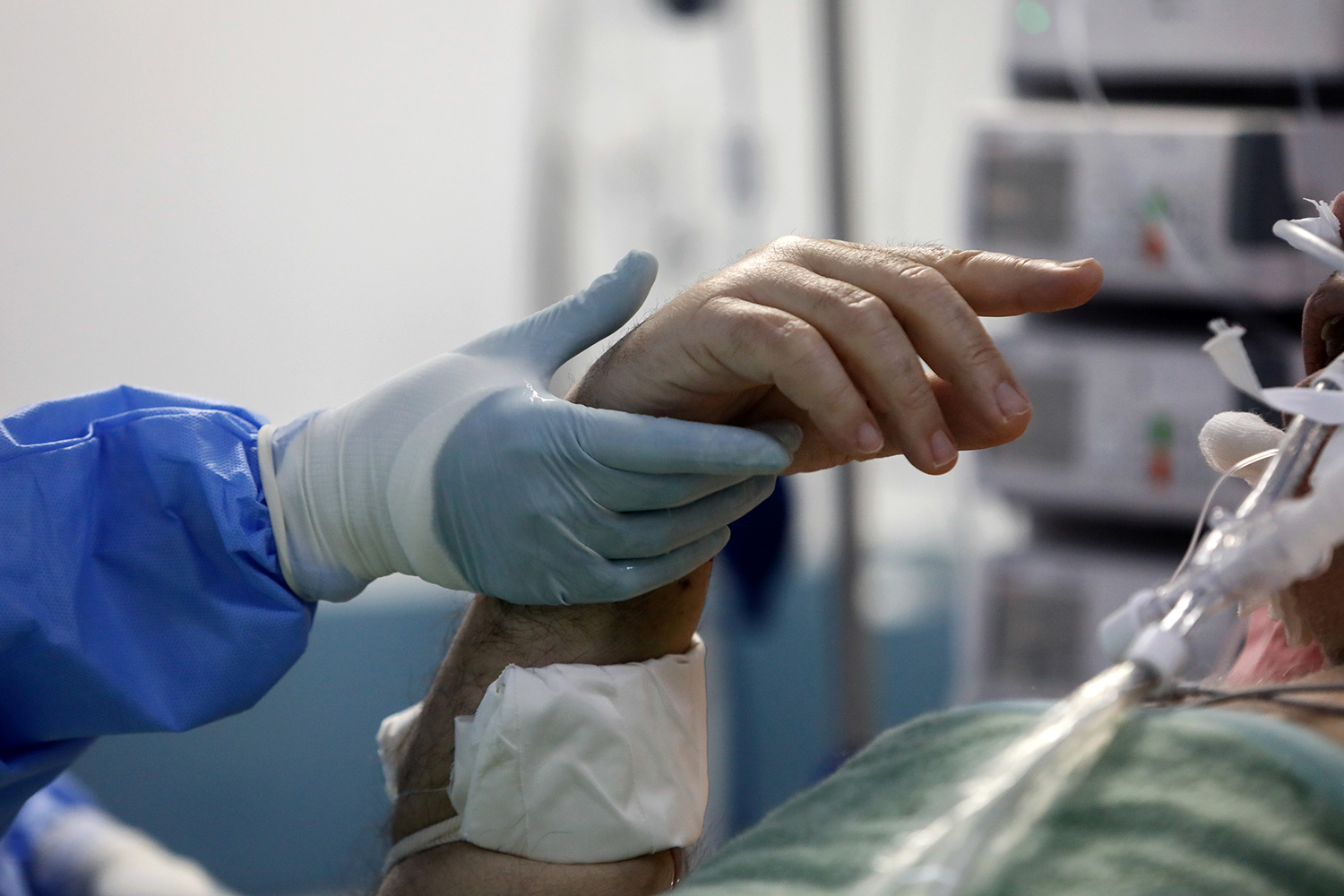

This effect is less common in very sick or geriatric cats, however, on which benzodiazepines may be therefore be used.ĭexdomitor and other alpha-2 agonists may also be used for premedication. Acepromazine is also sometimes added, despite its inconsistent effects and tendency to cause hypotension, because it can have a beneficial anesthetic-sparing effect.īenzodiazepines should be avoided since they may cause agitation or dysphoria. Opioids such as buprenorphine, butorphanol, morphine and hydromorphone are generally recommended for premedication in cats. Once the pre-anesthetic evaluation has been complicated, pre-anesthetic medications can be given.

A 2014 retrospective study showed that nearly 10% of feline patients have abnormalities on pre-anesthetic blood work that warrant changes to the pet’s anesthetic plan. Pre-anesthetic bloodwork is also recommended, to screen for abnormalities that cannot be detected upon exam. Senior cats (those over 10 years old) are also at a higher risk of surgical complications, regardless of ASA status. ASA 5: moribund patient, not expected to survive 24 hours without surgery (for example, severe shock and trauma)įeline studies have shown that ASA status is a better predictor of anesthetic complications than patient age, with cats having an ASA status of 3 or higher experiencing a higher risk of complications.ASA 4: patient with uncontrolled severe systemic disease that is a threat to life (for example, gastrointestinal obstruction).ASA 3: patient with severe systemic disease that is limiting but not incapacitating (for example, well-regulated diabetes mellitus).
SIDE EFFECT ANESTHESIA SKIN
ASA 2: patient with mild systemic disease (for example, skin infection).ASA 1: normal patient with no health problems.It divides patients into 5 groups, based upon anesthetic risk: The American Society of Anesthesiologists’ (ASA) physical status classification can also be a valuable component of pre-anesthetic evaluation. Although there is little definitive evidence to suggest an ideal fasting time in cats, the AAFP recommends a 3-4 hour fast prior to anesthesia.

Anxious cats should be rescheduled for a different day, with the owner giving gabapentin prior to loading the cat into its carrier for the trip to the veterinary clinic.Ĭats should also be fasted prior to anesthesia. During the physical exam, all body systems should be evaluated and all vital signs should be recorded.Ĭats should also be observed for signs of stress, which has been observed to be a significant risk factor for anesthetic complications due to catecholamine release. This involves taking a medical history and performing a physical examination. The AAFP recommends a thorough pre-anesthetic evaluation for all cats.


 0 kommentar(er)
0 kommentar(er)
